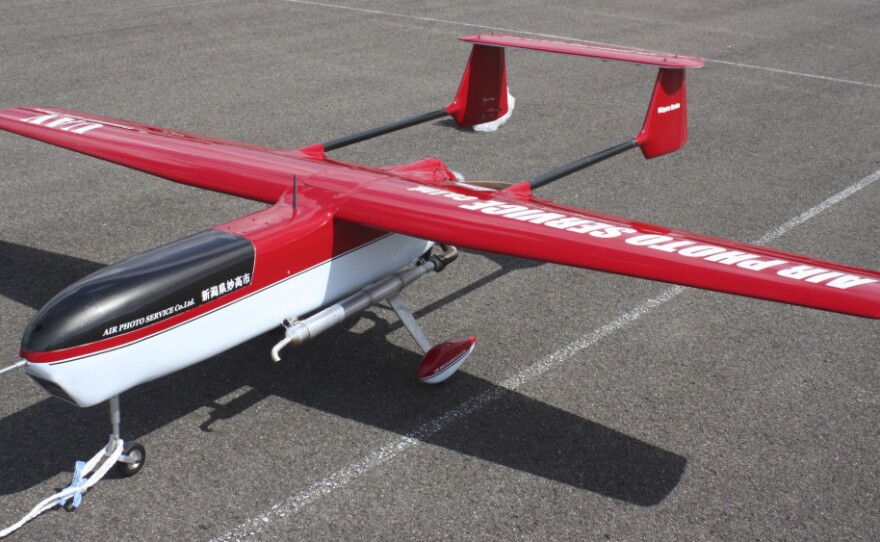Our reporters and photographers on the ground in Japan have helped us hear and see the destruction wrought by the massive quake and tsunami that struck the island nation March 11. In contrast, the crisis unfolding at the Fukushima Dai-ichi nuclear power complex remains largely opaque.
Mostly, that's because damage to the nuclear reactors and the buildings that house them makes for hazardous and radioactive conditions. Forget about access for journalists: Workers can't even get too close for too long. Four of the facility's six reactor units have been badly damaged by explosions and fires triggered by failures in emergency cooling systems in the wake of the quake and tsunami. These aerial photographs of the facility, taken by a drone on March 20 and 24, put a new face on the ongoing nuclear crisis.
Copyright 2022 NPR. To see more, visit https://www.npr.org. 9(MDAzMjM2NDYzMDEyMzc1Njk5NjAxNzY3OQ001))










